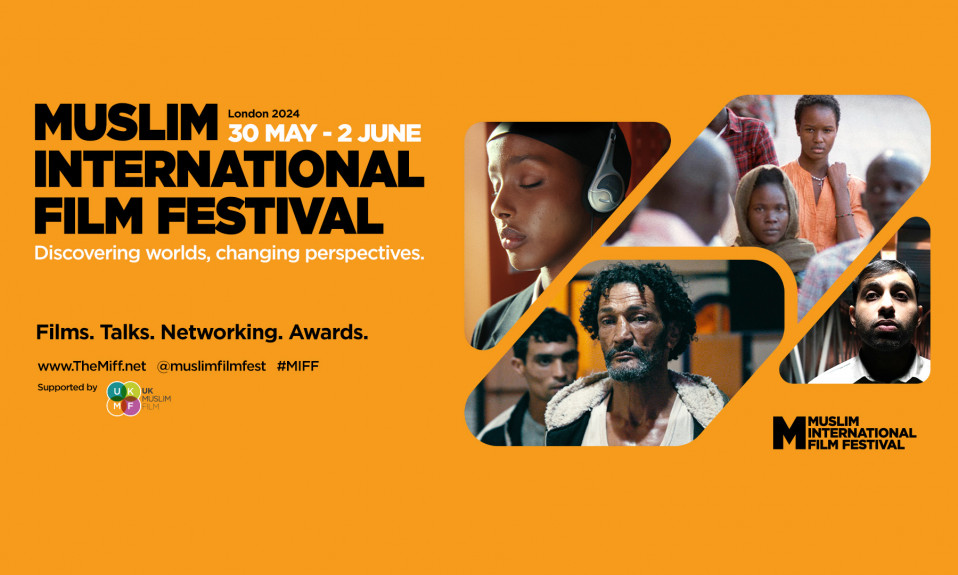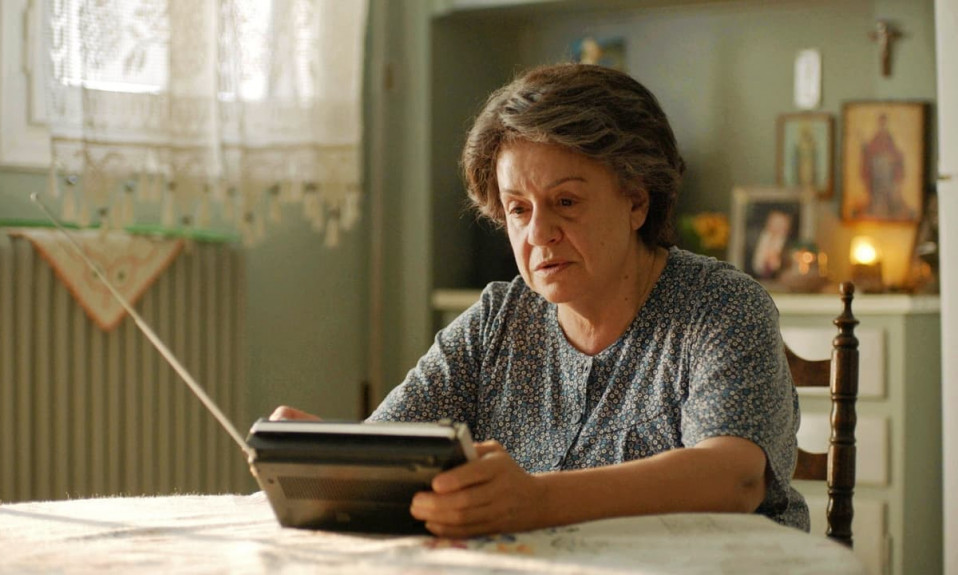Barry Lyndon started his life as a naïve Irish country boy dreaming about marrying his cousin. Still, the reality surrounding him, and his survival instinct led him to become a suave anti-hero in the Stanley Kubrick classic ‘Barry Lyndon’ (1975), and this character development was achieved due to the talent, skill, and looks of the late Ryan O’Neal (1941 – 2023), one of the main leading men of the 1970s that had a life as engaging as those of the characters he played.
O’Neal had a celestial countenance that made him more than handsome, the sort of man that could be called “beautiful” without the adjective sounding exaggerated, as happens with names like Marlon Brando and Sidney Poitier. Still, the looks were only one of O’Neal’s tools, which he would devote to his directors and, in many cases, would enhance his portrayal of vulnerability as he would nullify himself in favour of his character and narrative in a display of commitment to his profession.
With ‘Love Story’ (1970), O’Neal won the hearts of global audiences with the selflessness of his character, Oliver, who turns away from his rich background in favour of his terminally ill love. O’Neal was nominated for the Academy Award for Best Actor, marking the start of an intense decade for the blue-eyed actor.
With the farce, ‘What’s Up Doc?’ (1972) by Peter Bogdanovich, O’Neal was Barbra Streisand’s partner in the movie that paid tribute to the screwball ‘Bringing Up Baby’ starring Cary Grant and Katharine Hepburn. The picture showcases O’Neal’s talent for comedy and shows how ranged he could be as it strays away from the tragic ‘Love Story.’
In 1973, once again under Bogdanovich, O’Neal would be nominated for a Golden Globe Award for Best Actor due to his work in ‘Paper Moon’ (1973), playing a light-hearted conman in a picture that is a road movie and a tragicomedy and would make his real-life daughter and screen partner Tatum O’Neal the youngest Academy Award winner as she garnered the Best Supporting Actress statuette.
In Richard Attenborough’s war drama ‘A Bridge Too Far’ (1977), O’Neal shared credits with many of the big names in Hollywood during that era, like Robert Redford, James Caan, Laurence Olivier, Michael Caine, Sean Connery, Liv Ullmann, Gene Hackman, Anthony Hopkins, and others.
Still, although not well-received at the US box office but popular overseas, Walter Hill’s ‘The Driver’ (1978) put O’Neal front and centre in a crime thriller that is permeated with art house cinema and noir elements standing above the “car movie genre” with night characters that are amoral which in turn helps to understand that it is closer to the noir movies from Europe than the standard cop-and-robbers produced in America.
The minimalist picture identified its characters just by their occupation, and the titular name was given to the protagonist, a getaway driver for hire in service of gangs pulling robberies whose astonishing wheel control made him uncatchable by the authorities, thus frustrating The Detective (Bruce Dern), that would cross lines to arrest him.
The influence of ‘The Driver’ is perceived in the works of directors Michael Mann, James Cameron, Nicolas Winding Refn, and Edgar Wright and transcends the media of cinema to the world of gaming as seen in the videogame series ‘Driver’ and ‘Grand Theft Auto.’ Some of their protagonists are, in a way, “children” of O’Neal’s Driver.
For O’Neal, ‘The Driver’ showed that he could play an outlaw who wasn’t a scheming scoundrel like Barry Lyndon but a cool-headed criminal who carried his craft professionally and wouldn’t give in to unnecessary violence. O’Neal was one of the prominent faces of New Hollywood that would question not just the values of cinema itself but those of America, pointing a mirror to a nation that was shattered by the death of Civil Rights movement activists, the Vietnam War, and the Watergate Scandal.
Before becoming an actor, O’Neal had a stint as an amateur boxer, presenting himself in rings in the USA and Germany, compiling a record of 18 victories, 4 defeats, and 13 knockouts. His sweet science acumen became helpful in the comedy ‘The Main Event’ (1979) as he played a journeyman fighter and once more shared the screen with Streisand.
Although he would make his name in cinema, O’Neal was always a presence in the sweet science community, including having ringside seats to major bouts and sparring on TV with Joe Frazier. At the same time, Muhammad Ali provided commentary; thus, O’Neal became a cherished figure in that circle.
“He was a great friend to the boxing world and even boxed himself. Stayed loyal to the sport and was a cherished spectator at the West Coast Boxing Hall of Fame events. He managed fighters too,” recalls in an interview with Big Picture Film Club boxing historian Chris Smith.
The actor was also very respectful to pugilism greats, as when in 2021, he met legendary Brazilian boxer Eder Jofre, considered the best pound-for-pound in the 1960s by Ring Magazine (December 2021) and paid his respects. On that day, Smith remembers fondly: “As O’Neal was walking to the bathroom and Eder was coming out, O’Neal noticed him, pointed and said: ‘He could fight!'”
The Barry Lyndon interpreter died on December 8, 2023, due to congestive heart failure with the contributing factor of cardiomyopathy. For long, he had been battling with illnesses; in 2001, O’Neal was diagnosed with leukaemia, and in 2012, he had prostate cancer. The actor was buried next to the love of his life, the actress Farah Fawcett, who died in 2009 and whom he accompanied during her battle with cancer.
O’Neal’s acting legacy is one of devoting oneself to a craft to the point that the actor can be convincing, playing very distinct roles while detaching from his public persona and furthering the narratives with skills that make pieces like ‘Barry Lyndon,’ ‘The Driver,’ ‘Paper Moon’ and ‘Love Story’ staples of cinema.
Also Read: Andre Braugher: A Tribute to the Prolific Talent and His Lasting Legacy














